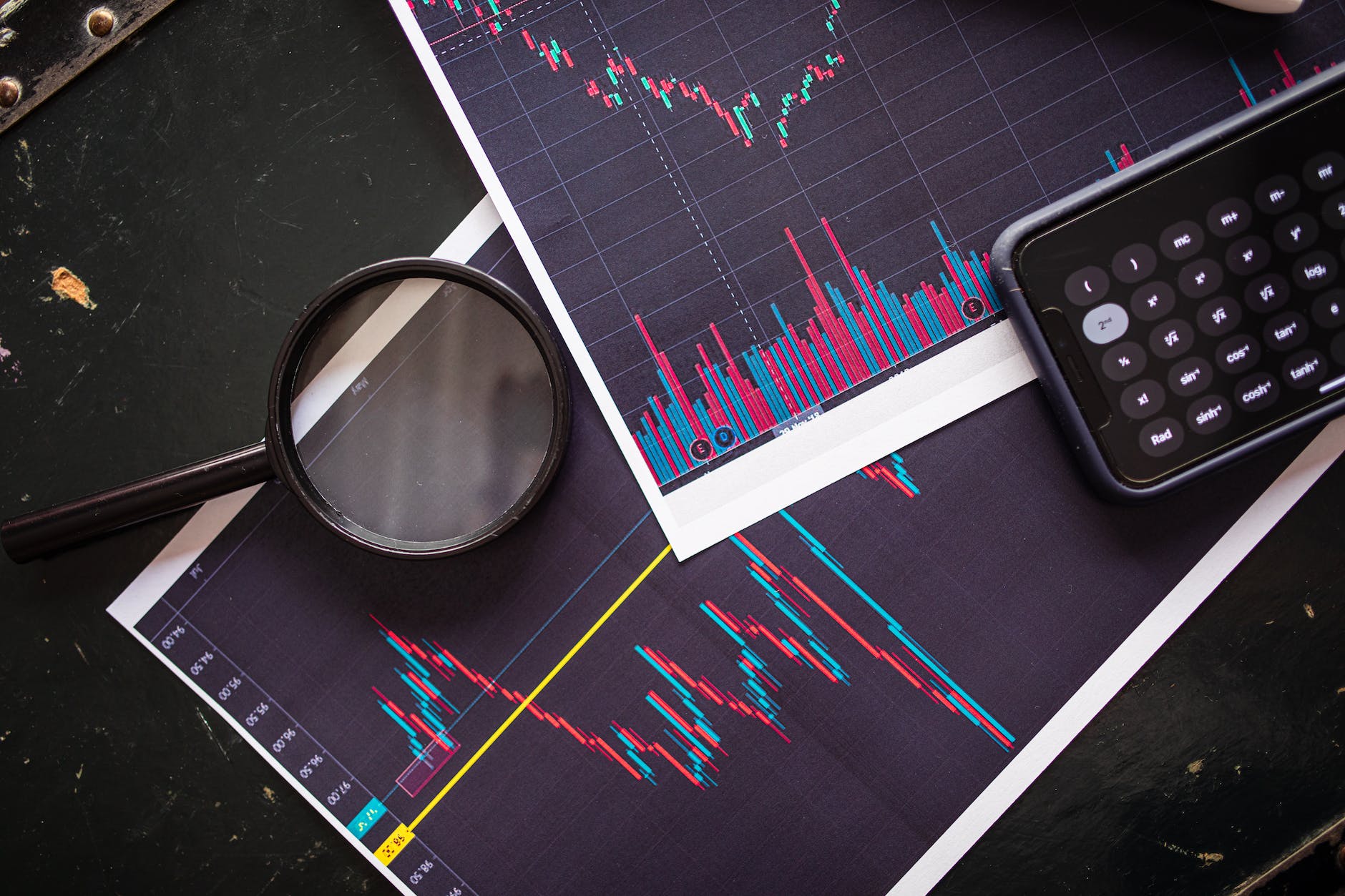Data visualization is a powerful tool that allows us to present complex data in a clear and concise manner. It enables us to communicate insights and findings effectively, making it an essential skill in today’s data-driven world.
In this article, we will discuss the key elements of effective visualizations, provide steps to create clear visualizations, highlight common mistakes to avoid, and explore some of the popular tools and software available for data visualization.

Understanding the Basics of Data Visualization
Defining Data Visualization
Data visualization is the graphical representation of data and information. It goes beyond just presenting numbers and statistics; it aims to convey complex concepts and relationships through visual elements. By using visual cues, such as colors, shapes, and sizes, data visualization enables us to explore patterns, trends, and correlations that may not be immediately apparent in raw data.
Importance of Data Visualization in Today’s World
In today’s information age, we are bombarded with vast amounts of data from various sources. However, without the ability to effectively make sense of this data, it becomes challenging to derive insights and make informed decisions. This is where data visualization comes in.
Moreover, data visualization allows us to communicate our findings clearly to others. Visual representations are often more engaging and memorable than plain text or verbal explanations. They enable us to tell a compelling story with data, making it easier for others to understand and act upon the insights we have discovered.
For instance, imagine you are presenting the results of a market research study to a group of stakeholders. Instead of bombarding them with spreadsheets and lengthy reports, you can use visually appealing charts and infographics to highlight key findings and recommendations. This not only makes the information more digestible but also increases the chances of your audience retaining and acting upon the insights shared.

Key Elements of Effective Data Visualization
Choosing the Right Visualization Type
One of the key elements of effective data visualization is selecting the appropriate visualization type for the data at hand. Different types of data require different visual representations. For example, if you are comparing values of different categories, a bar chart might be suitable, while a line chart is better for showing trends over time. By choosing the right visualization type, you can ensure that the data is presented in a way that is easy to understand and interpret.
Balancing Simplicity and Complexity
Another crucial element of effective data visualization is finding the right balance between simplicity and complexity. While it’s important to simplify data to make it more accessible, it’s equally important not to oversimplify it to the point where important details are lost. Striking the right balance ensures that the visualization is both visually appealing and informative.
Steps to Create Clear Data Visualizations
Gathering and Cleaning Data
The first step in creating clear data visualizations is gathering and cleaning the data. This involves collecting data from reliable sources, ensuring its accuracy and completeness, and organizing it in a structured format. Cleaning the data involves removing any duplicates, errors, or inconsistencies that could potentially affect the integrity of the visualization.
Identifying Key Insights
Once the data is gathered and cleaned, the next step is to identify the key insights or findings that you want to communicate through the visualization. By understanding the purpose of the visualization and the message you want to convey, you can focus on highlighting the most important aspects of the data.
Designing the Visualization
The final step is designing the visualization itself. This involves selecting appropriate colors, fonts, and layout that enhance the clarity and readability of the visualization. It’s important to consider the target audience and their level of data literacy when designing the visualization, ensuring that it is accessible to a wide range of viewers.

Common Mistakes in Data Visualization and How to Avoid Them
Overcomplicating the Design
One common mistake in data visualization is overcomplicating the design. While it’s tempting to use fancy visuals and complex charts, it can sometimes confuse the audience and distract from the main message. Keeping the design clean and simple helps to emphasize the data and make it easier to digest.
Ignoring the Audience’s Needs
Another mistake is ignoring the needs of the audience. Each visualization should be tailored to the specific audience you are trying to communicate with. Consider their level of expertise, their expectations, and their goals to create a visualization that resonates with them.
Tools and Software for Data Visualization
Overview of Popular Data Visualization Tools
There is a wide range of tools and software available for data visualization, each with its own strengths and features. Some popular tools include Tableau, Power BI, D3.js, and Google Data Studio. These tools provide user-friendly interfaces, extensive customization options, and the ability to connect to various data sources.
Selecting the Right Tool for Your Needs
When selecting a data visualization tool, it’s essential to consider your specific needs and requirements. Factors such as the complexity of your data, the level of interactivity required, and the budget should all be taken into account. Conducting thorough research and testing different tools will help you find the one that best suits your needs.
Conclusion
Data visualization plays a crucial role in communicating insights clearly. By understanding the basics of data visualization, incorporating key elements of effective visualizations, following a structured process to create clear visualizations, avoiding common mistakes, and utilizing the right tools and software, we can effectively convey complex data in a visually appealing and understandable way. So, let’s embrace the power of data visualization and unlock the insights hidden within our data.
TRUECHART fundamentally changes data visualization and collaboration – powered by standardized IBCS® templates. It provides the speed and scale needed to tackle petabytes of business intelligence in interactive speed to make data management and complex reporting much easier, simpler, and faster. Book your TRUECHART demo today.
Stay up-to-date with TRUECHART. Follow us on LinkedIn.
